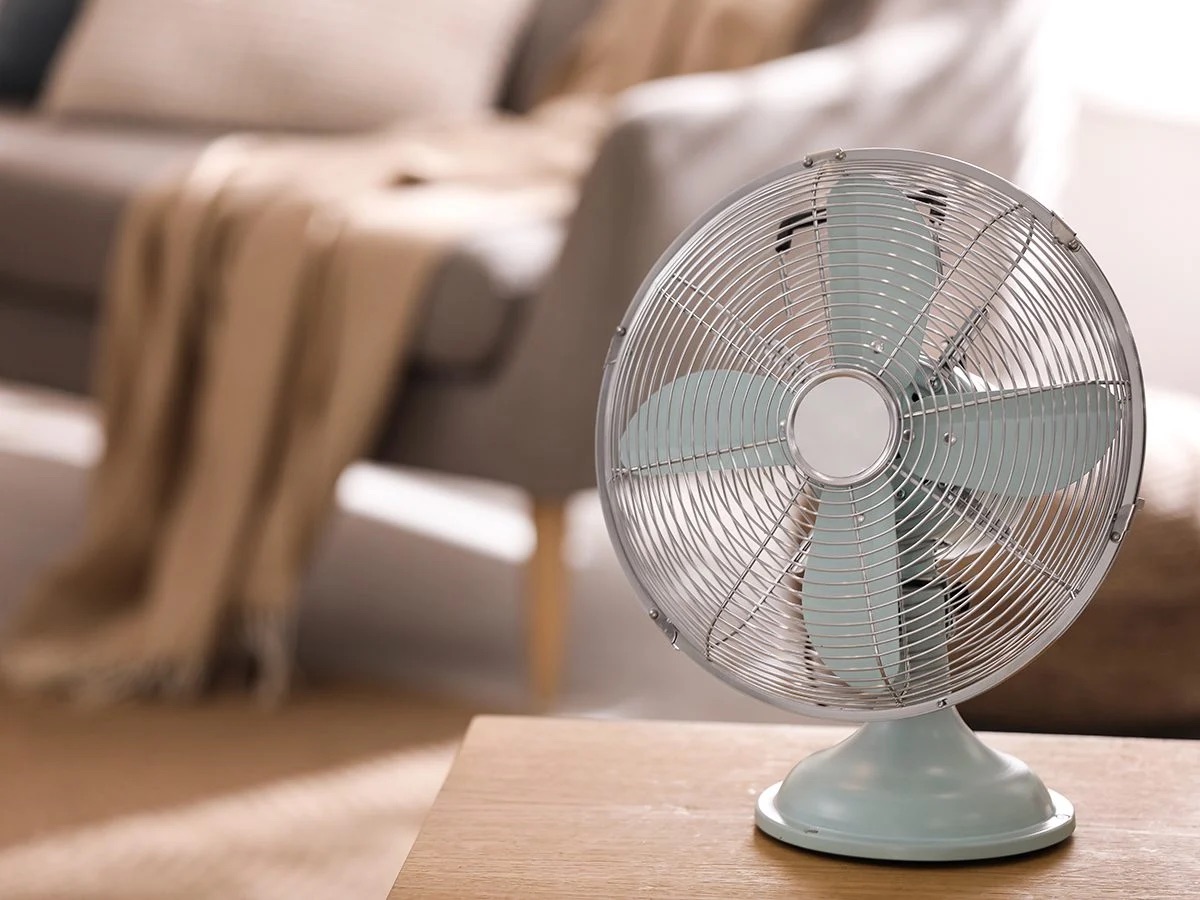

Articles
How To Stay Cool While Sleeping Without AC
Modified: September 1, 2024
Discover effective ways to stay cool while sleeping without AC in our informative articles. Stay comfortable and beat the heat with these helpful tips.
(Many of the links in this article redirect to a specific reviewed product. Your purchase of these products through affiliate links helps to generate commission for Storables.com, at no extra cost. Learn more)
Introduction
Sleep plays a vital role in our overall well-being, allowing us to recharge and rejuvenate for the day ahead. However, getting a good night’s sleep can be a challenge, especially during hot summer nights when the temperature rises and the air conditioner is either nonexistent or not functioning properly. The discomfort caused by heat can lead to restlessness, sweating, and even sleep deprivation.
While air conditioning may be the most popular way to beat the heat, it’s not always available or energy-efficient. The good news is that there are several effective strategies and techniques to help you stay cool while sleeping without relying on AC. By implementing these tips, you can create a comfortable sleeping environment and enjoy a restful night’s sleep even on the hottest nights.
In this article, we will explore the importance of staying cool while sleeping, and provide you with practical tips for staying cool without AC. From choosing the right bedding to utilizing fans strategically, we will cover a range of solutions to help you stay cool and comfortable throughout the night.
Key Takeaways:
- Beat the heat and sleep better without AC by choosing breathable bedding, utilizing fans strategically, and staying hydrated. Experiment with cooling techniques for a comfortable night’s sleep.
- Create a cool sleep environment by blocking out sunlight, adjusting your sleeping position, and using cooling aids like ice packs and chilled sheets. Prioritize comfort and experiment with different strategies.
Read more: Why Can’t I Sleep Without A Fan
Importance of Staying Cool While Sleeping
Getting quality sleep is essential for our physical and mental well-being, and temperature plays a crucial role in achieving that. When we sleep, our body temperature naturally drops slightly, signaling to our brain that it is time to rest and recover. However, if the surrounding temperature is too high, it can interfere with this natural process and disrupt our sleep patterns.
Here are a few reasons why staying cool during sleep is important:
- Promotes better sleep: Cooling down our body temperature helps signal to our body that it’s time to sleep. By keeping our sleeping environment cool, we can enhance the quality of our sleep, achieve deeper sleep stages, and experience longer periods of uninterrupted rest.
- Prevents discomfort: Hot and humid environments can cause discomfort, leading to restlessness, tossing and turning, and difficulty falling asleep. By staying cool, we can minimize discomfort and create a more conducive environment for a good night’s sleep.
- Regulates sleep hormones: Research shows that temperature can directly impact the production and regulation of sleep-inducing hormones such as melatonin. Lowering the temperature in our sleeping environment can help optimize the natural release of these hormones, leading to improved sleep quality and overall sleep-wake cycle.
- Prevents excessive sweating: High temperatures can cause excessive sweating, which can not only disrupt our sleep but also lead to dehydration. By staying cool, we can reduce sweating and maintain proper hydration levels throughout the night.
- Reduces the risk of health issues: Overheating during sleep has been linked to various health issues, including heat exhaustion, heat stroke, and exacerbation of certain medical conditions such as asthma. By keeping our body temperature regulated, we can minimize these risks and promote overall health and well-being.
By recognizing the importance of staying cool while sleeping, we can take proactive steps to create a cool and comfortable sleeping environment, even without the use of air conditioning. Let’s explore some effective tips and strategies to help us stay cool and sleep better without relying on AC.
Tips for Staying Cool Without AC
When the weather is hot and the air conditioning is not an option, there are several practical tips and strategies you can implement to stay cool while sleeping. These tips focus on optimizing your sleeping environment, utilizing fans strategically, and incorporating other creative methods to beat the heat. Let’s explore them in detail:
- Choose the right bedding: Opt for breathable materials such as cotton or bamboo sheets and lightweight blankets. These fabrics allow for better airflow and help absorb moisture, keeping you cooler throughout the night.
- Optimize your bedroom setup: Keep your bedroom cool during the day by closing curtains or blinds to block out the sunlight. At night, open windows and use fans to create cross-ventilation, allowing cool air to circulate in the room.
- Utilize fans strategically: Place a fan near an open window to draw in cooler air from outside. You can also position a bowl of ice in front of the fan to create a DIY air conditioner effect. Experiment with fan placement to maximize air circulation and create a cooling breeze in the room.
- Create a DIY air conditioner: Fill a shallow pan or bowl with ice and position it in front of a fan. The fan will blow cool air as the ice melts, creating a refreshing and cooling effect in the room.
- Use breathable pajamas and sheets: Wear lightweight and breathable sleepwear, such as cotton or linen, to allow air to circulate and prevent overheating. Similarly, opt for breathable sheets that wick away sweat and moisture, keeping you cool and comfortable.
- Stay hydrated: Drink plenty of water throughout the day to stay hydrated. Dehydration can make you more susceptible to heat and make it harder for your body to regulate temperature. Keep a glass of water by your bedside to drink during the night if you wake up feeling hot.
- Try cooling techniques before bed: Take a cool shower or use a damp washcloth on your neck and wrists to lower your body temperature before heading to bed. This can help you feel refreshed and cool, making it easier to fall asleep.
- Block out sunlight and heat sources: Use blackout curtains or blinds to block out sunlight during the day, preventing your room from heating up. Additionally, avoid using appliances that generate heat, such as lamps or electronics, in your bedroom before bed.
- Adjust your sleeping position: Experiment with different sleeping positions to find the one that allows for the most airflow and keeps you the coolest. Elevating your legs slightly can also help improve circulation and lower body temperature.
- Use cooling aids: Place a chilled gel pack or cold water bottle under your pillow or against your body to keep you cool throughout the night. You can also place your sheets or pillowcases in the freezer for a few minutes before bed for an extra cooling sensation.
By applying these tips, you can create a cool and comfortable sleeping environment without the need for air conditioning. Experiment with different strategies to find what works best for you and enjoy a peaceful and restful night’s sleep, even on the hottest nights.
Choose the Right Bedding
When it comes to staying cool while sleeping without air conditioning, the choice of bedding can make a significant difference in your comfort levels. Opting for the right materials and fabrics can help promote better airflow, regulate body temperature, and keep you cool throughout the night.
Here are some tips for choosing the right bedding:
- Use Breathable Fabrics: Look for bedding made from natural, breathable materials such as cotton or bamboo. These materials allow air to circulate and help absorb moisture, keeping you cool and preventing excessive sweating. Avoid synthetic fabrics like polyester, as they can trap heat and prevent proper airflow.
- Go for Lightweight Sheets: Choose lightweight sheets with a lower thread count. Higher thread count sheets may be softer, but they can also trap heat and restrict airflow. Opt for sheets with a thread count between 200-400 for a balance between comfort and breathability.
- Consider Cooling Technologies: Some bedding products are specifically designed to help regulate body temperature and promote cooling. Look for sheets and mattress protectors infused with cooling technologies like moisture-wicking or breathable properties. These can help draw heat away from your body and keep you cool throughout the night.
- Use a Light Blanket or Duvet: During hot summer nights, it is best to replace heavy comforters or duvets with a light, breathable blanket. Choose blankets made from natural fibers like cotton or linen, which are more breathable and allow for better airflow. This way, you can still have a comfortable layer without feeling overheated.
- Consider a Cooling Mattress Topper: If your mattress tends to retain heat, consider using a cooling mattress topper. These toppers are designed with cooling gel or other technologies that help regulate temperature and provide a cooler surface to sleep on. They can be an effective solution for creating a cooler sleep environment without relying on air conditioning.
Remember to regularly wash your bedding to keep it fresh and clean, as dirt and sweat can contribute to the buildup of heat. Additionally, if possible, choose light-colored bedding as it reflects heat instead of absorbing it.
By selecting the right bedding materials that promote breathability and airflow, you can create a cooler and more comfortable sleeping environment without the need for air conditioning. Combine this with other cooling techniques, and you’ll be well on your way to a restful night’s sleep even in the hottest weather.
Optimize Your Bedroom Setup
Creating a cool and conducive sleeping environment is essential for staying comfortable without air conditioning. Optimizing your bedroom setup can help minimize heat buildup, improve airflow, and create a relaxing atmosphere for a good night’s sleep.
Here are some tips to optimize your bedroom setup for better sleep:
- Close Curtains or Blinds During the Day: Sunlight streaming into your room can quickly heat up the space, making it harder to cool down at night. Close curtains or blinds during the day to block out the sunlight and prevent your room from turning into a greenhouse. This simple step can significantly reduce the amount of heat entering your room.
- Open Windows at Night: Once the sun goes down and the outdoor temperature drops, take advantage of the cooler night air by opening your windows. Position fans strategically to draw in the fresh air and create cross-ventilation. This will help circulate cool air throughout the room, reducing the overall temperature.
- Use Fans for Air Circulation: Place fans in strategic positions to enhance air circulation and create a cooling breeze. Position a fan near an open window to draw in the cooler outdoor air. You can also place a fan on the floor to create an upward breeze or use a ceiling fan to circulate air throughout the room. Experiment with fan placement to find the most effective configuration for your space.
- Remove Obstructions: Ensure that airflow is unrestricted by removing any obstructions near windows or fans. Move furniture, curtains, and objects that might hinder the flow of air in your bedroom. By allowing air to move freely, you can improve ventilation and prevent heat from stagnating in the room.
- Keep Electronics and Appliances Away: Electronics and appliances generate heat, even when not in use. Keep them away from your bedroom or turn them off before bed. This includes televisions, computers, lamps, and chargers. Not only will this help reduce heat buildup in the room, but it will also create a more peaceful environment for sleep.
- Invest in Thermal Insulation: Improve your room’s insulation by using thermal curtains or window film. These additions can help block out excess heat during the day and keep the room cooler. Thermal insulation also has the added benefit of reducing outside noise, creating a quieter sleep environment.
By optimizing your bedroom setup, you can create a cooler and more comfortable sleeping environment. These simple adjustments can improve air circulation, prevent heat buildup, and promote better sleep quality without relying on air conditioning.
Combine these strategies with other cooling techniques to create a comprehensive approach to staying cool while sleeping without AC.
Read more: How To Sleep Without Air Conditioning
Utilize Fans Strategically
Fans can be an excellent tool for staying cool while sleeping without air conditioning. By using fans strategically, you can create a refreshing airflow that helps lower the temperature in your bedroom. Here are some tips for utilizing fans effectively:
- Position Fans for Cross-Ventilation: To maximize the cooling effect, place a fan near an open window. This will help draw in the cooler outdoor air and create cross-ventilation in your room. The breeze from outside will help circulate the air, providing a refreshing and cooler environment for sleep.
- Experiment with Fan Placement: Try different fan placements to find the most effective configuration for your space. Position the fan diagonally across the room from the open window to create a cross-breeze. Alternatively, place a fan at the foot of the bed aiming up towards your body to simulate a natural breeze.
- Use Oscillating Fans: Oscillating fans can help distribute the airflow evenly across the room. Set the fan to oscillate and adjust its speed to a comfortable level. This will provide a consistent breeze that prevents stagnant heat pockets and promotes better air circulation.
- Combine Fans for Enhanced Airflow: If you have multiple fans, don’t be afraid to use them together. Place one fan near the open window to draw in the cool air, and another fan across the room to circulate the air. Experiment with different configurations to find what works best for your space.
- Utilize Box Fans for Exhaust: In addition to bringing in cooler air, you can also use a box fan to blow hot air out of the room. Position the fan facing out of the window to create an exhaust effect, expelling hot air and promoting better airflow. This can be particularly useful during the night when the outside temperature drops.
- Adjust Fan Speed and Direction: Depending on the temperature and your comfort level, you can adjust the fan speed and direction to tailor the airflow. Higher speed settings can provide a stronger breeze, while lower settings can offer a gentler airflow. Experiment with different fan speeds and directions to find the best combination for your needs.
Remember to keep the bedroom door open to allow for proper air circulation throughout your home. This will prevent cool air from getting trapped in your bedroom and help maintain a consistent temperature throughout your living space.
By strategically positioning and using fans, you can create a comfortable and cool sleeping environment. Combine fan utilization with other cooling techniques to optimize your comfort and enjoy a restful night’s sleep without relying on air conditioning.
Create a DIY Air Conditioner
When you don’t have access to an air conditioner, you can still beat the heat by creating your own DIY air conditioner. This budget-friendly alternative can help cool down your sleeping area and provide some relief from the sweltering temperatures. Here’s how you can create a DIY air conditioner:
- Gather Your Supplies: You will need a fan, a shallow pan or bowl, ice, and a cloth or towel.
- Place the Pan of Ice in Front of the Fan: Fill a shallow pan or bowl with ice cubes. Position the pan in front of the fan, making sure the fan is facing towards you.
- Turn on the Fan and Enjoy the Cooling Effect: Turn on the fan, and as the air blows over the ice, it will create a refreshing and cooler breeze. The ice will help lower the temperature of the air circulating in the room.
- Use a Damp Cloth/Towel for an Extra Cooling Effect: Dampen a cloth or towel with cold water and place it on your neck or forehead. As the fan blows air, it will pass over the damp cloth, providing an additional cooling sensation.
- Replenish the Ice as Needed: As the ice melts, it will lose its cooling effect. Be sure to replace the melted ice with fresh ice regularly to maintain the cool temperature generated by the DIY air conditioner.
This DIY air conditioner may not be as powerful as a traditional AC unit, but it can provide temporary relief and help bring down the ambient temperature in your immediate vicinity. It’s a simple and effective solution for cooling down your sleeping area.
Keep in mind that this DIY air conditioner is best suited for small spaces, such as bedrooms or personal sleeping areas. It may not be as effective in cooling larger rooms or open spaces.
Combine the DIY air conditioner with other strategies, such as optimizing your bedroom setup and utilizing fans strategically, for maximum cooling comfort. Experiment with different fan speeds, directions, and placements to find the most effective configuration for your space.
By getting creative and making your own DIY air conditioner, you can create a more comfortable environment for sleep, allowing you to stay cool during hot summer nights without the use of air conditioning.
Try using a fan to circulate air and create a cooling effect. You can also try using lightweight, breathable bedding and keep your room dark during the day to prevent it from heating up.
Use Breathable Pajamas and Sheets
Choosing the right pajamas and sheets can significantly impact your comfort level and help keep you cool while sleeping without air conditioning. Opting for breathable fabrics that allow for better airflow and moisture absorption can make a substantial difference in promoting a cool and comfortable sleep environment. Here’s how you can make the most of breathable pajamas and sheets:
- Choose Natural, Breathable Fabrics: Look for pajamas and sheets made from natural materials such as cotton or linen. These fabrics are lightweight, breathable, and allow air to circulate, helping to dissipate body heat.
- Avoid Synthetic Fabrics: Synthetic materials like polyester or nylon tend to trap heat and moisture, making them less ideal for hotter temperatures. Instead, opt for natural fibers or moisture-wicking fabrics that keep you cool and dry throughout the night.
- Opt for Loose-Fitting Pajamas: Loose-fitting pajamas allow for better airflow and ventilation, helping to prevent overheating. Avoid tight or restrictive sleepwear as they can trap heat against your body and hinder air circulation.
- Consider Sleepwear with Cooling Properties: Some brands offer pajamas specifically designed with cooling properties, such as moisture-wicking or temperature-regulating technologies. These sleepwear options can help keep you cool and comfortable, even on the warmest nights.
- Use Lightweight and Breathable Sheets: Choose sheets with a lower thread count, typically between 200-400, as they tend to be lighter and more breathable. Opt for cotton or bamboo sheets that offer good airflow and moisture absorption. These materials can help prevent sweating and keep you cool throughout the night.
- Keep Sheets Clean and Fresh: Regularly wash your sheets to remove dirt, sweat, and allergens that can accumulate over time. Clean sheets not only improve hygiene but also promote better airflow and a cooler sleeping experience.
Remember, breathable pajamas and sheets work best when paired with a well-ventilated bedroom and other cooling techniques. By allowing air to circulate freely around your body and optimizing the breathability of your bedding, you can create a more comfortable sleep environment, ensuring a restful and cool night’s sleep.
Experiment with different fabric types and styles to find what works best for you. Everyone has different preferences and sensitivities, so choose sleepwear and bedding that suit your individual needs and help you stay cool throughout the night.
By prioritizing breathable pajamas and sheets, you can enhance your comfort level and promote optimal airflow, keeping you cooler and more comfortable during hot summer nights without relying on air conditioning.
Stay Hydrated
Staying hydrated is essential for your overall health and well-being, especially when trying to stay cool while sleeping without air conditioning. Adequate hydration helps regulate body temperature, facilitates sweating, and prevents dehydration, which can contribute to discomfort and disrupted sleep. Here are some tips to stay hydrated:
- Drink Plenty of Water: It’s crucial to drink enough water throughout the day, especially during hot weather. Keep a water bottle with you and make it a habit to sip on water regularly. Aim to consume at least 8 glasses (64 ounces) of water per day, or more if you are physically active or exposed to high temperatures.
- Monitor Urine Color: Urine color is a good indicator of your hydration levels. Aim for pale yellow or clear urine, which suggests that you are adequately hydrated. Dark yellow urine indicates that you may need to drink more water.
- Consume Hydrating Foods and Beverages: In addition to water, include foods and beverages with high water content in your diet. Fresh fruits and vegetables like watermelon, cucumbers, oranges, and strawberries are excellent choices. Additionally, herbal teas and coconut water are hydrating alternatives to plain water.
- Avoid Excessive Caffeine and Alcohol: Caffeinated beverages like coffee and tea, as well as alcoholic drinks, can have a diuretic effect, increasing fluid loss. If you do consume these beverages, be sure to compensate with an extra intake of water to offset their dehydrating effects.
- Maintain a Glass of Water Nearby: Keep a glass or bottle of water within reach by your bedside. If you wake up feeling hot or thirsty during the night, you can easily hydrate without having to leave your bedroom.
- Use a Humidifier: Using a humidifier in your bedroom can help maintain optimal humidity levels, preventing excessive drying out of your skin and respiratory passages. Proper humidity levels can aid in preventing dehydration and promote better sleep quality.
Remember that staying hydrated is an ongoing process, and it’s important to establish a habit of drinking water consistently throughout the day. Hydrating adequately will not only help you stay cool while sleeping but also support overall health and functioning of your body.
By prioritizing hydration, you can optimize your body’s ability to regulate temperature and combat the effects of hot weather. This, combined with other cooling techniques, will contribute to a more comfortable and restful night’s sleep without relying on air conditioning.
Try Cooling Techniques Before Bed
Before heading to bed, there are several cooling techniques you can try to lower your body temperature and create a more comfortable sleep environment. By implementing these techniques, you can prepare your body for sleep and promote a restful night’s sleep without relying on air conditioning. Here are some cooling techniques to consider:
- Cool Shower or Bath: Taking a cool shower or bath before bed can help lower your body temperature. The water’s coolness on your skin can provide instant relief from the heat, promoting a more relaxed state and preparing your body for sleep.
- Use Cold Compresses: Apply a cold compress or damp washcloth to your forehead, neck, wrists, or other pulse points. This can help cool down your body and provide immediate relief from the heat.
- Freeze Your Sheets or Pillowcases: Place your sheets or pillowcases in a sealed plastic bag and put them in the freezer for a few minutes before bed. The chilled fabric can provide a refreshing and cool sensation as you lay down to sleep.
- Stay in a Well-Ventilated Area: Before bed, spend time in well-ventilated areas of your home. Open windows or use fans to circulate cool air. This will help lower the overall room temperature and create a cooler environment for sleep.
- Use a Cooling Mist: Keep a spray bottle filled with cool water by your bedside. Mist your face, body, or sheets with the cool water before getting into bed. The evaporation of the water will create a cooling effect on your skin.
- Avoid Heavy Meals: Eating a heavy meal before bed can raise your body temperature as your digestive system works harder. Opt for light, easily digestible meals that won’t cause your body temperature to spike, making it more challenging to cool down.
- Limit Physical Activity: Engaging in vigorous exercise or strenuous activities close to bedtime can increase your body temperature and make it harder to cool down. Try to finish any physical activity at least a few hours before bed to allow your body temperature to return to normal.
Experiment with different combinations of these techniques to find what works best for you. Everyone’s response to cooling techniques may vary, so it’s essential to discover which methods provide the most significant relief and create the most comfortable environment for your sleep.
By incorporating these cooling techniques into your bedtime routine, you can effectively lower your body temperature, promote relaxation, and prepare your body for a restful night’s sleep without relying on air conditioning.
Block Out Sunlight and Heat Sources
Blocking out sunlight and heat sources from entering your bedroom is an effective way to keep the space cooler and more comfortable for sleeping without air conditioning. By preventing the direct rays of the sun and minimizing heat sources, you can create a cooler environment that promotes better sleep quality. Here are some tips for blocking out sunlight and heat sources:
- Use Blackout Curtains or Blinds: Invest in blackout curtains or blinds that are designed to block out light and heat from entering your bedroom. These window treatments are made with a special lining that acts as a thermal barrier, preventing sunlight and heat from penetrating. Close them during the day to create a cool, dark environment conducive to sleep.
- Apply Reflective Window Film: Consider applying reflective window film to your windows. This type of film helps block the sun’s rays and reduces heat transmission into your room. Reflective window film can be a cost-effective way to minimize heat gain and maintain a cooler temperature indoors.
- Seal Gaps and Cracks: Inspect your windows and doors for any gaps or cracks that may allow warm air to seep in. Use weatherstripping or caulking to seal any openings, preventing hot air from entering your bedroom and minimizing heat transfer.
- Utilize Exterior Shades or Awnings: If you have outdoor space near your windows, consider installing exterior shades or awnings to block direct sunlight. These additions provide an extra layer of protection against heat gain and can significantly reduce the amount of sunlight that enters your bedroom.
- Keep Doors Closed: To prevent warm air from other areas of your home from seeping into your bedroom, keep doors closed during the day. This will limit air circulation and help maintain a cooler temperature specifically within your sleeping space.
- Minimize Heat-Generating Appliances: Reduce the use of heat-generating appliances in your bedroom, such as lamps, electronics, or incandescent light bulbs. These appliances can add unnecessary heat to the room and elevate the overall temperature. Opt for energy-efficient LED or fluorescent lights that generate less heat.
By effectively blocking out sunlight and minimizing heat sources, you can create a cooler and more comfortable environment for sleep. Implementing these strategies will help reduce the amount of heat that enters your bedroom, allowing you to maintain a cooler temperature throughout the night without relying on air conditioning.
Adjust Your Sleeping Position
The way you position your body while sleeping can significantly impact your comfort level and help you stay cool without air conditioning. By making simple adjustments to your sleeping position, you can promote better airflow and optimize your body’s ability to regulate temperature. Here are some tips for adjusting your sleeping position:
- Choose a Fetal Position: Sleeping in a fetal position, where you curl up on your side with your knees tucked towards your chest, can help optimize airflow around your body. This position helps increase the space between your joints, allowing for better air circulation and reducing the likelihood of overheating.
- Elevate Your Legs: Elevating your legs slightly by placing a pillow or cushion under your knees can improve blood circulation and reduce heat buildup. This can be especially helpful during hot summer nights when you may experience swollen or uncomfortable legs due to the heat.
- Spread Out: If you prefer sleeping on your back, try spreading out your limbs to maximize exposure to the air around you. This can help dissipate heat and provide a cooling sensation. Keep your arms and legs slightly away from each other to promote airflow between them.
- Avoid Sleeping on Your Stomach: Sleeping on your stomach can cause your body to retain heat and restrict airflow. This position can also strain your neck and spine. If you commonly sleep on your stomach, try gradually transitioning to a side or back sleeping position for a cooler and more comfortable sleep experience.
- Experiment with Different Pillow Types: The type of pillow you use can impact your sleeping position and affect your body’s ability to dissipate heat. Opt for pillows made of breathable materials, such as cotton or latex foam, that allow for better airflow. Experiment with different pillow heights and firmness levels to find the most comfortable option for keeping your head and neck cool.
- Consider a Cooling Pillow: Cooling pillows are specifically designed to provide a cooler sleeping surface. They are often made with cooling gel-infused memory foam or have ventilation channels that improve breathability. Investing in a cooling pillow can help regulate your head and neck temperature, enhancing your overall sleep comfort.
Remember, the most important aspect of adjusting your sleeping position is finding what works best for your body and comfort preferences. Experiment with different positions and pillow arrangements to identify the most effective setup for staying cool while sleeping.
By adopting a sleeping position that allows for better airflow, you can promote the dissipation of heat from your body and maintain a cooler temperature throughout the night. Combined with other cooling techniques, adjusting your sleeping position can significantly enhance your sleep quality without relying on air conditioning.
Use Cooling Aids such as Ice Packs or Chilled Sheets
When the temperature rises and you’re trying to stay cool without air conditioning, utilizing cooling aids can provide instant relief and help regulate your body temperature. Ice packs and chilled sheets are simple and effective ways to create a cooler sleep environment. Here’s how you can use these cooling aids:
- Ice Packs: Place an ice pack on key areas of your body, such as your neck, wrists, or forehead, before bedtime. The ice pack will help lower your body temperature and provide immediate cooling. Alternatively, wrap the ice pack in a towel or cloth to prevent direct contact with your skin.
- Chilled Sheets: Place your sheets or pillowcases in a plastic bag and keep them in the refrigerator or freezer for a few minutes before going to bed. The chilled fabric will offer a refreshing and cool sensation as you lay down. Make sure the sheets are dry before using them to avoid discomfort.
- Cooling Pillows or Mattress Toppers: Invest in pillows or mattress toppers designed with cooling properties. These products are typically made with special materials, such as cooling gel-infused memory foam or breathable fabrics that help regulate temperature. Using a cooling pillow or mattress topper can provide a cool surface and promote a more comfortable sleep experience.
- Frozen Water Bottles: Fill a water bottle about three-quarters full and freeze it. Before bed, place the frozen water bottle near your body or feet to create a cooling effect. As the ice melts, you can enjoy the cool sensation throughout the night.
- Cooling Mist: Keep a spray bottle filled with cool water by your bedside. Spritz your face, body, or sheets with the cool mist before getting into bed. As the water evaporates, it will create a cooling effect on your skin.
- Use a Cooling Fan: Position a fan to blow directly across a tray of ice or cold water. The fan will circulate the cool air generated by the ice or water, creating a refreshing breeze in your sleeping area.
Using cooling aids such as ice packs or chilled sheets can provide quick relief from the heat, promote better sleep quality, and help you stay cool throughout the night. Experiment with different methods and find what works best for you in terms of comfort and effectiveness.
Remember to use caution and avoid direct contact with ice packs or very cold surfaces to prevent any discomfort or skin damage. It’s essential to find a balance between creating a cool sleep environment and ensuring your comfort and safety.
By incorporating these cooling aids into your routine, you can enhance your sleep comfort and maintain a cooler temperature without relying on air conditioning.
Conclusion
Staying cool while sleeping without air conditioning may seem challenging, but with the right strategies and techniques, it is possible to create a comfortable and refreshing sleep environment. By implementing the tips outlined in this article, you can optimize your sleep experience and stay cool even on the hottest nights.
From choosing the right bedding and optimizing your bedroom setup to utilizing fans strategically and incorporating cooling aids, there are various methods at your disposal. These techniques focus on promoting airflow, regulating body temperature, and blocking out heat sources to create a cooler sleep environment.
Additionally, staying hydrated and using cooling techniques before bed can help prepare your body for sleep and promote a more restful night. Adjusting your sleeping position and incorporating breathable pajamas and sheets further contribute to maintaining a cool and comfortable sleep atmosphere.
While these strategies can provide relief and improve sleep quality without air conditioning, it’s important to remember that individual preferences and comfort levels may vary. It’s essential to experiment and discover what works best for you in creating a cool and comfortable sleep environment.
By applying these tips consistently and combining different techniques, you can overcome the heat and enjoy a restful night’s sleep without relying on air conditioning. Remember to prioritize your well-being, stay cool, and wake up feeling refreshed and rejuvenated to tackle the day ahead.
Frequently Asked Questions about How To Stay Cool While Sleeping Without AC
Was this page helpful?
At Storables.com, we guarantee accurate and reliable information. Our content, validated by Expert Board Contributors, is crafted following stringent Editorial Policies. We're committed to providing you with well-researched, expert-backed insights for all your informational needs.
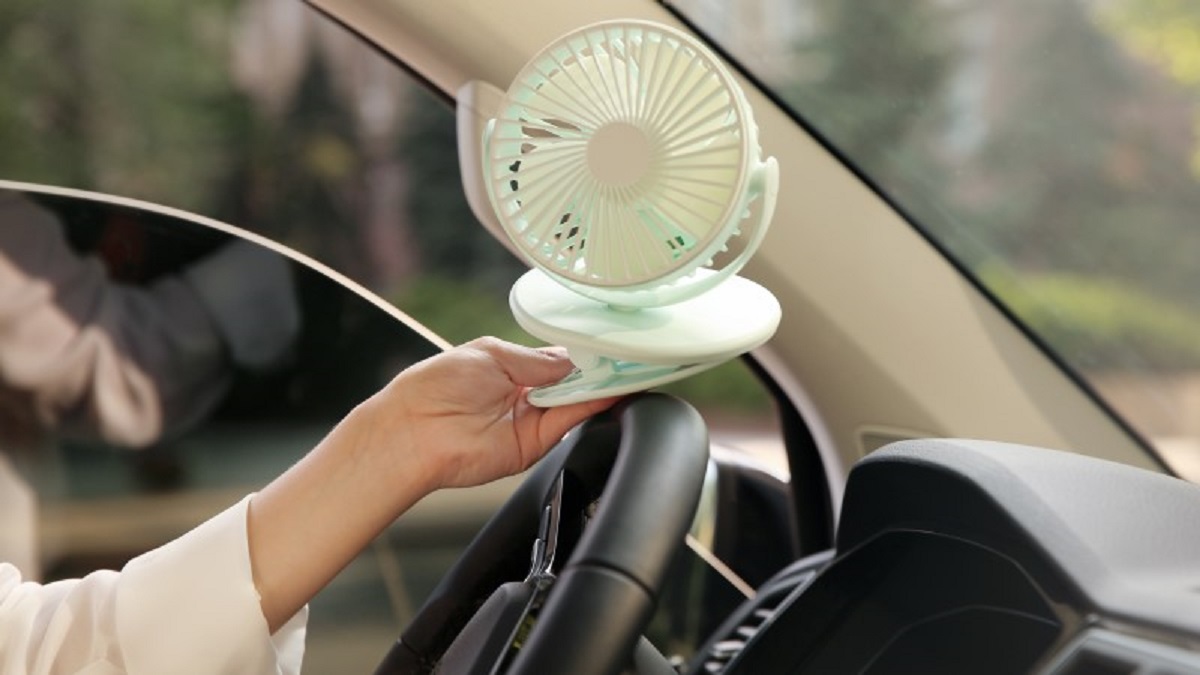
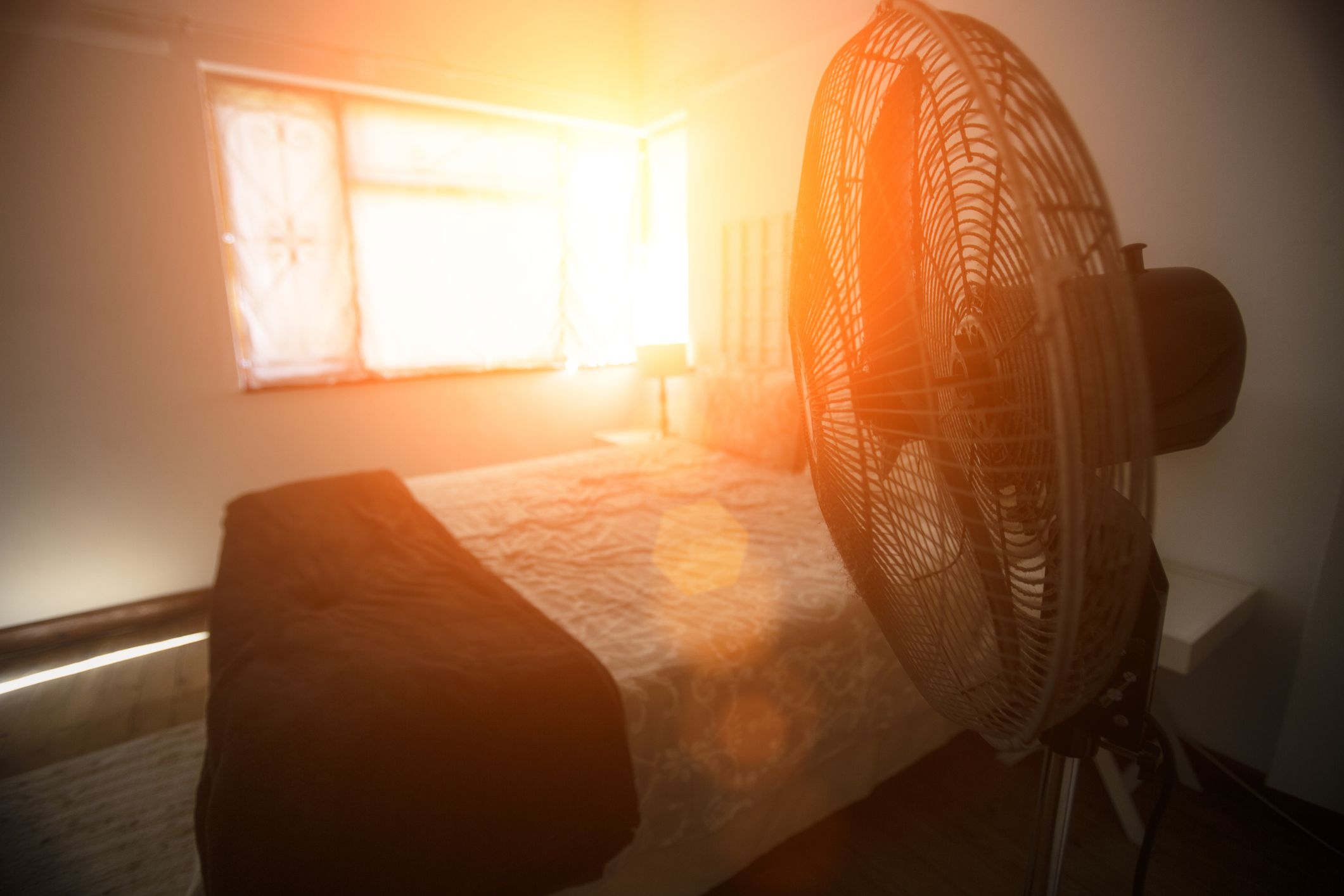
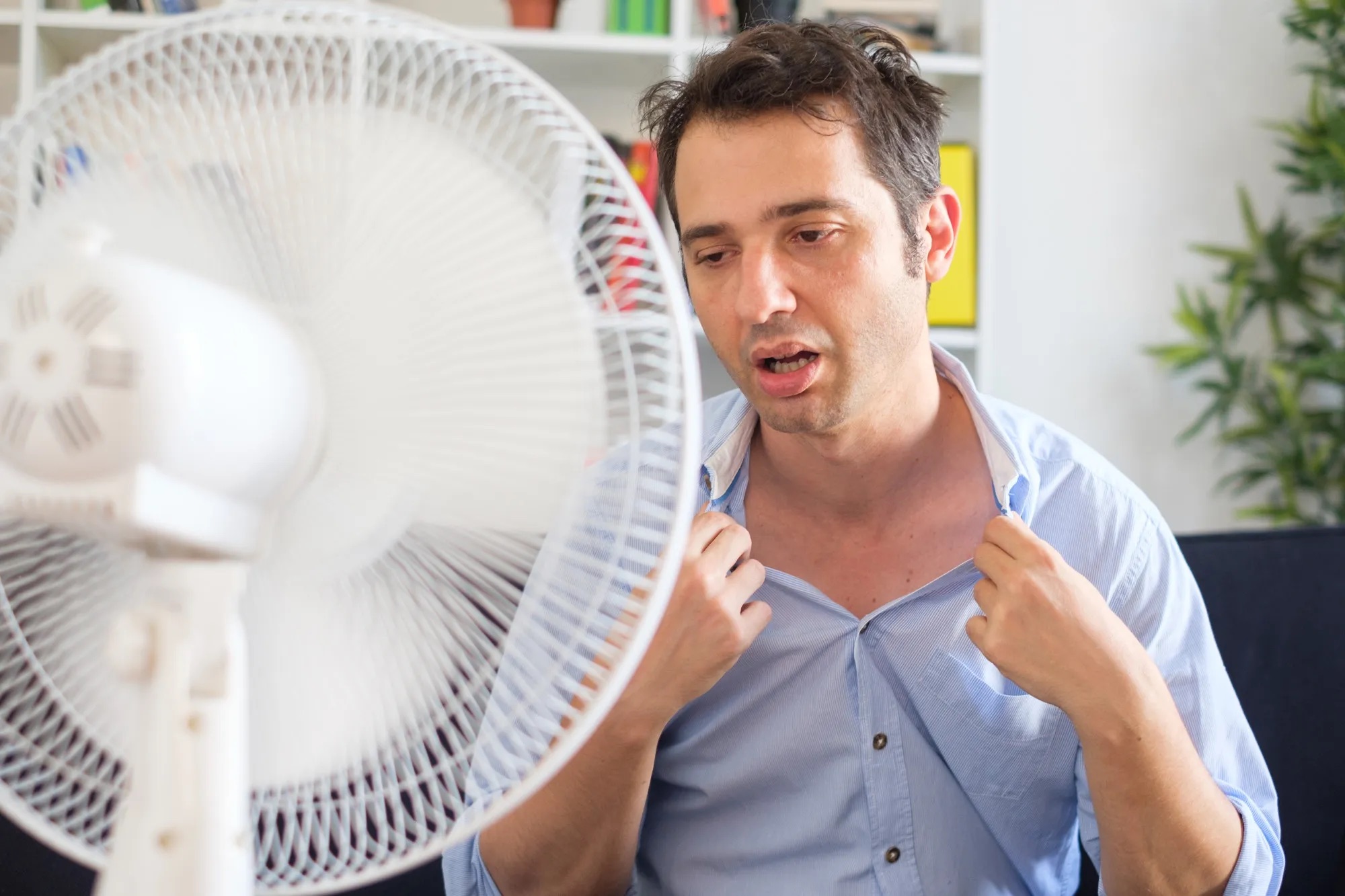
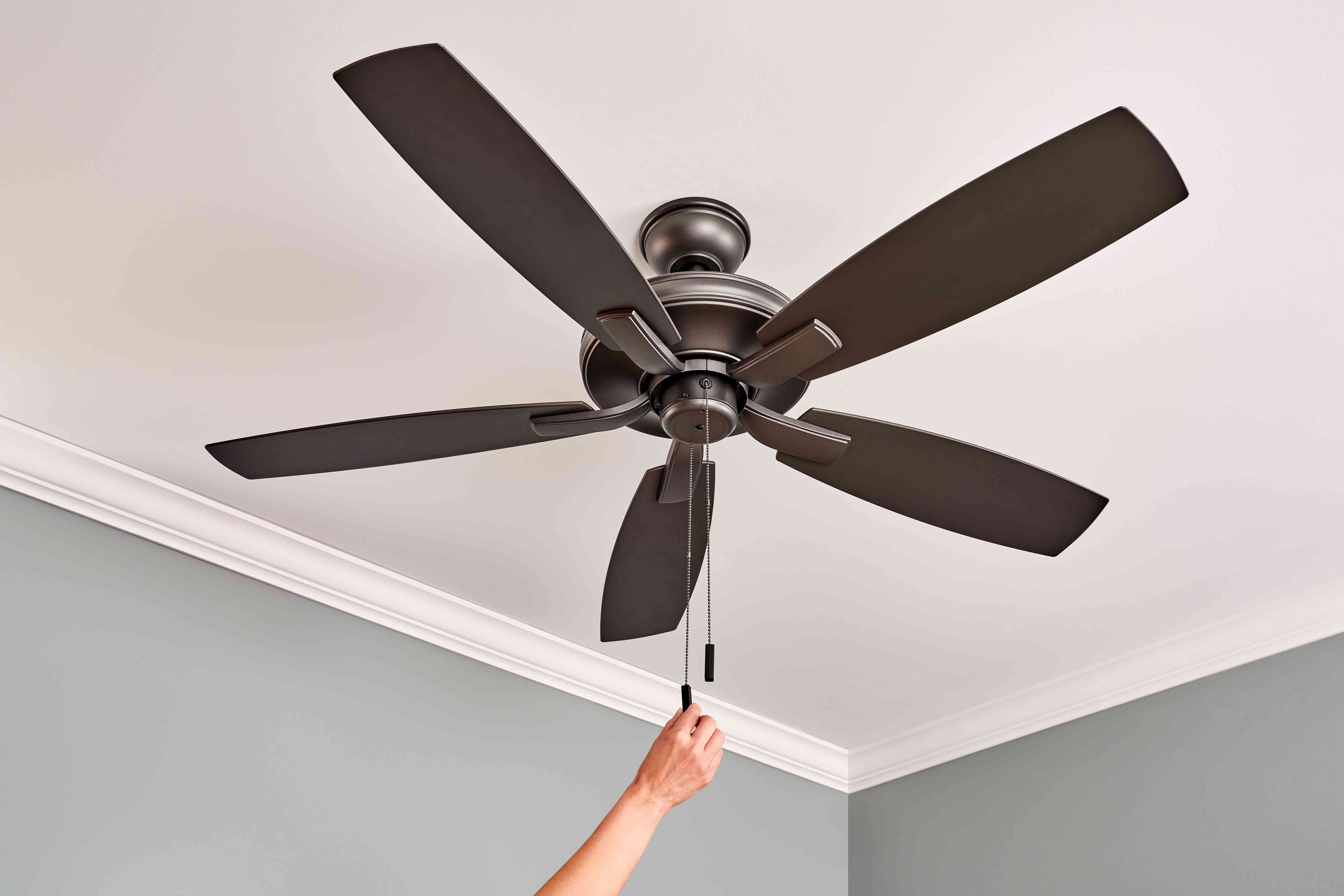
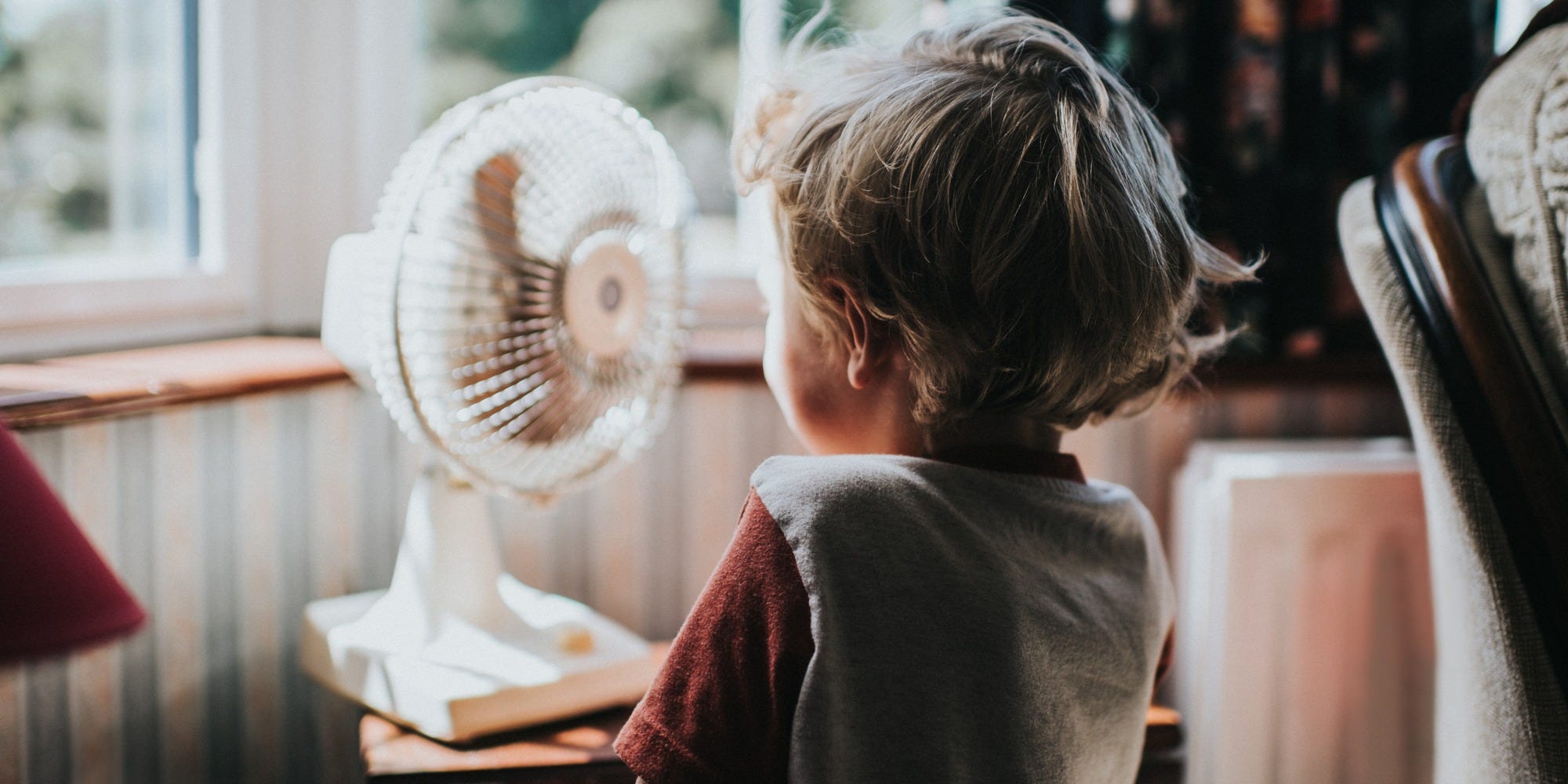
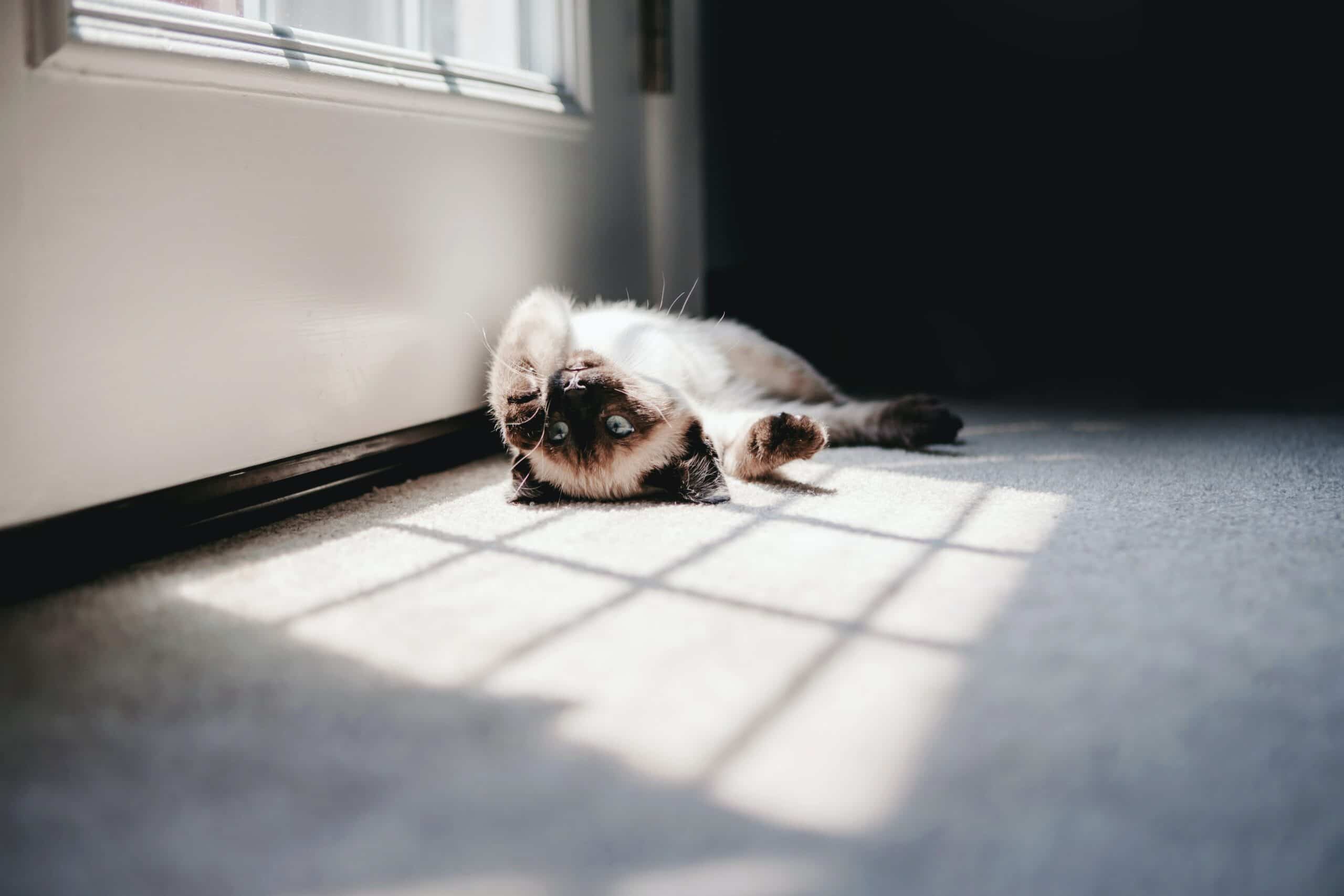
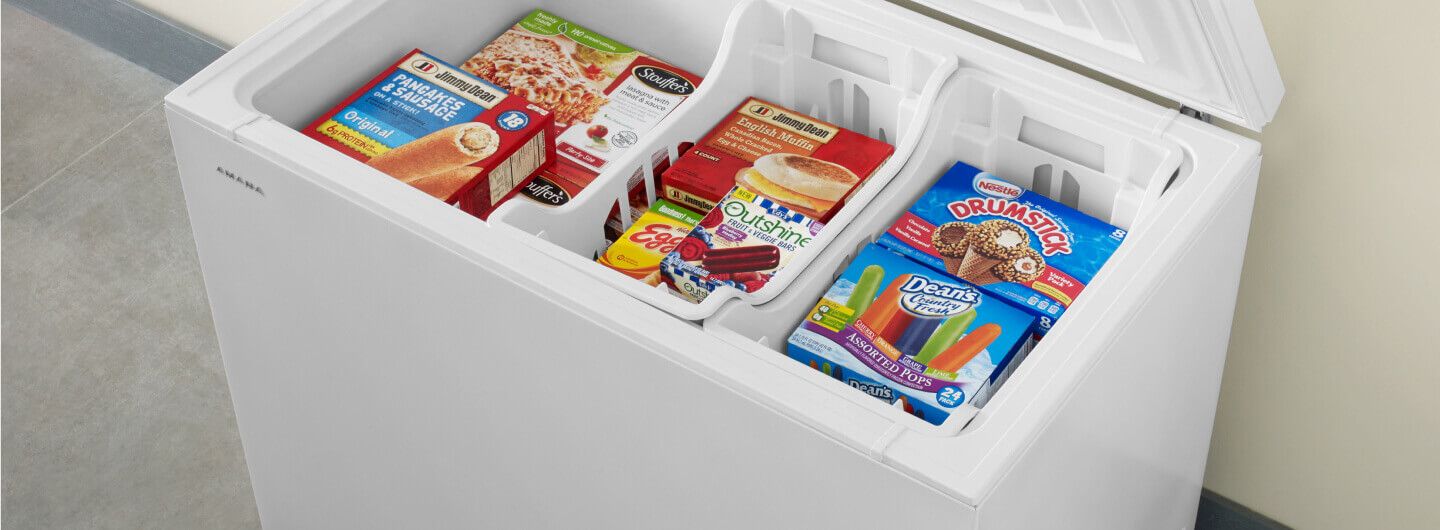
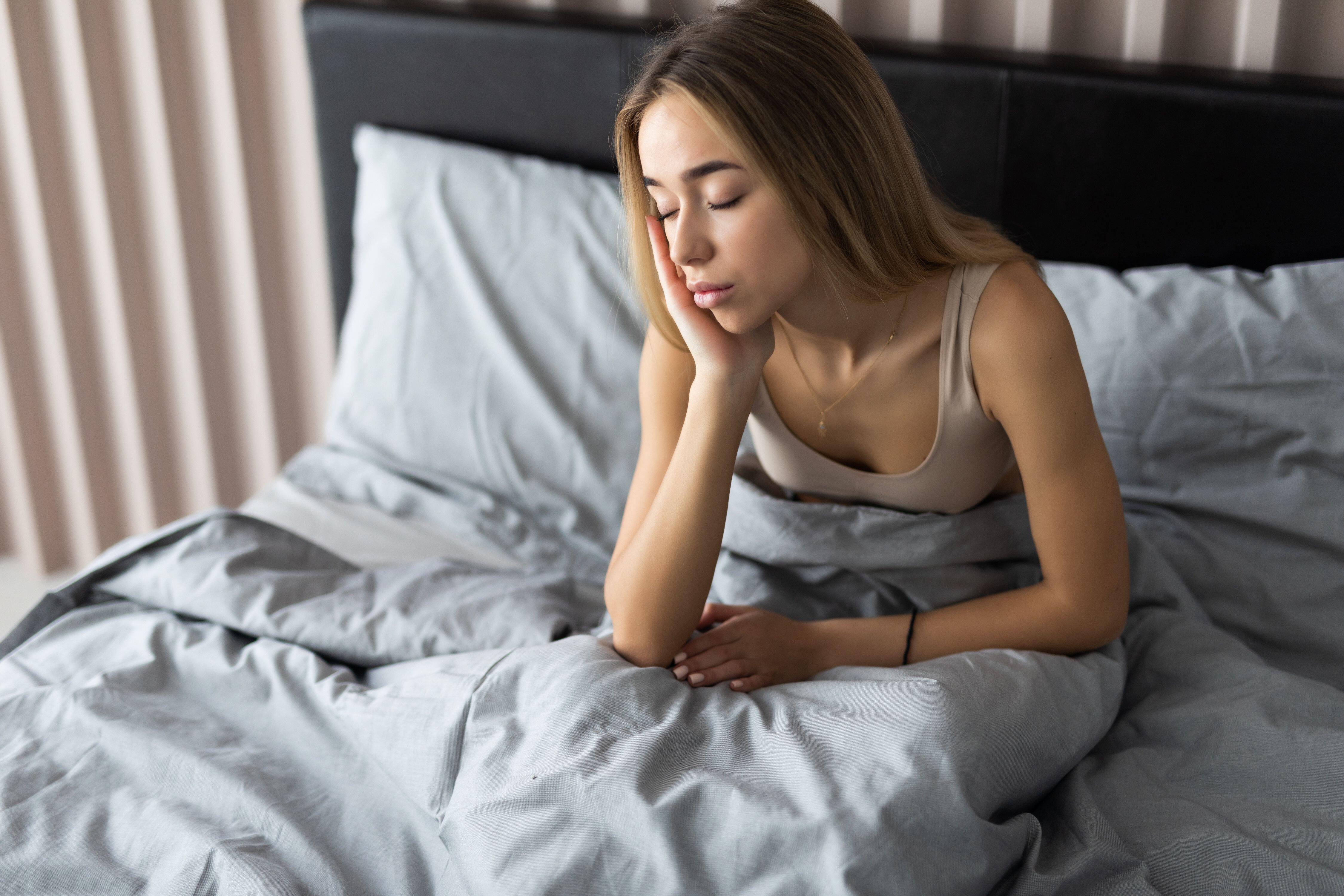
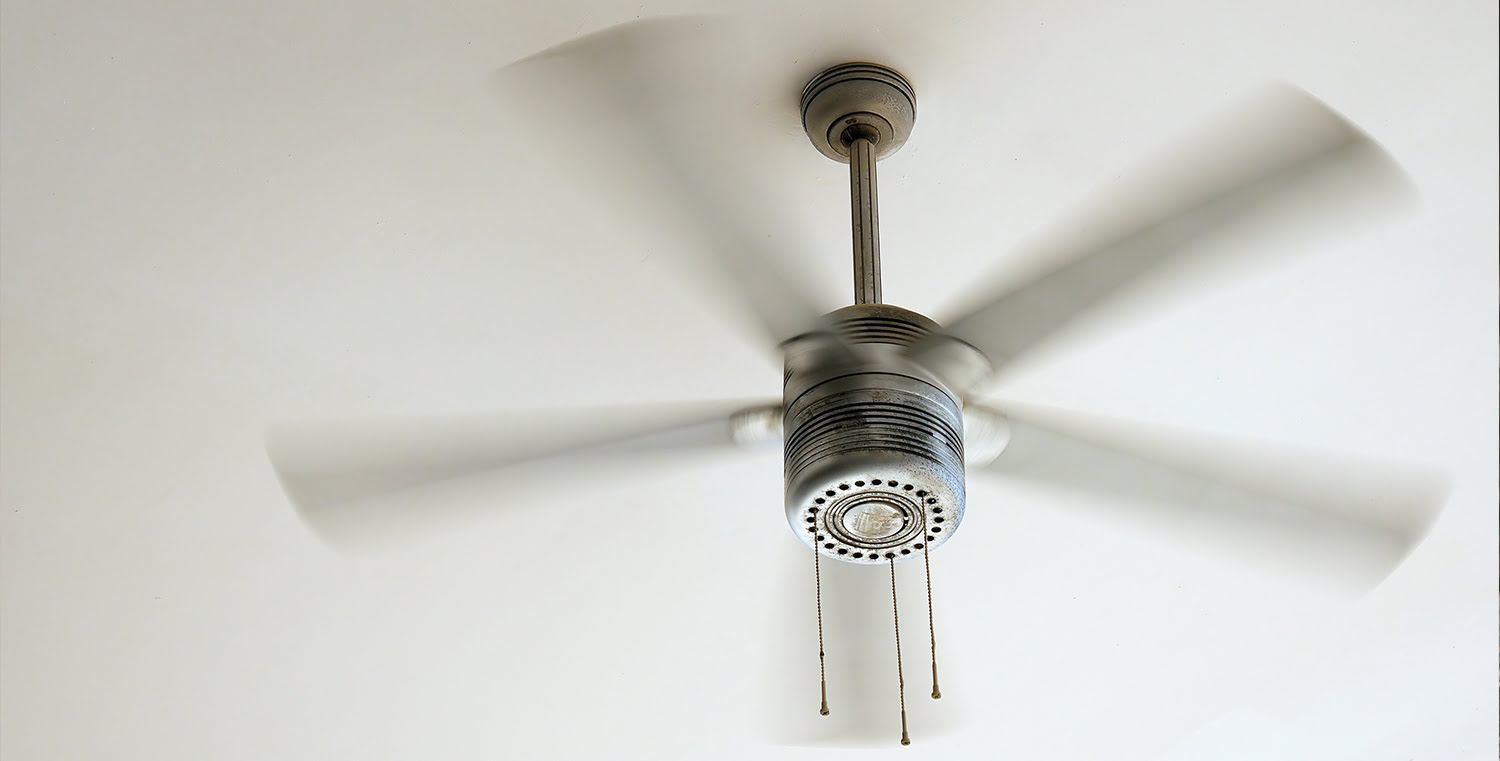

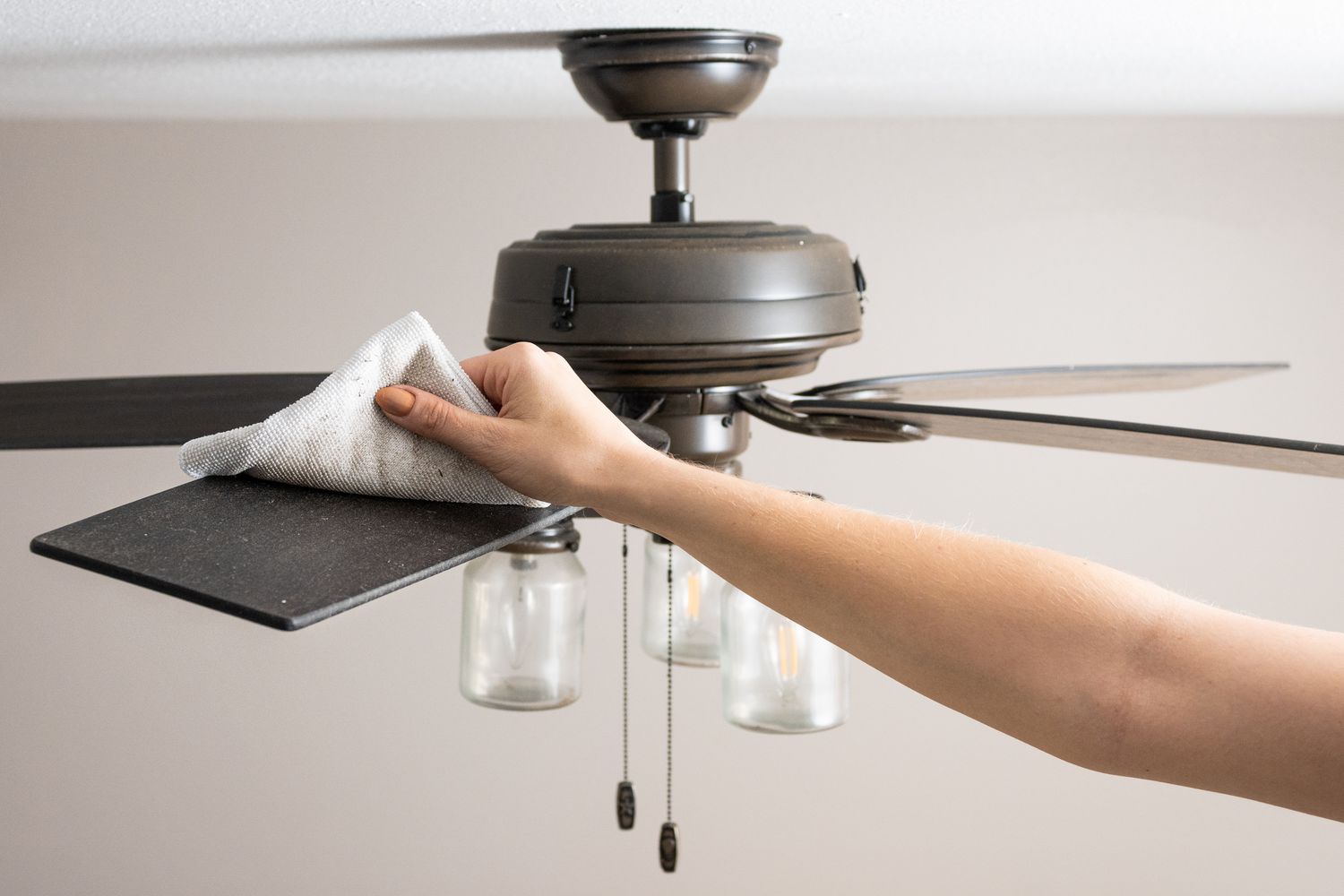
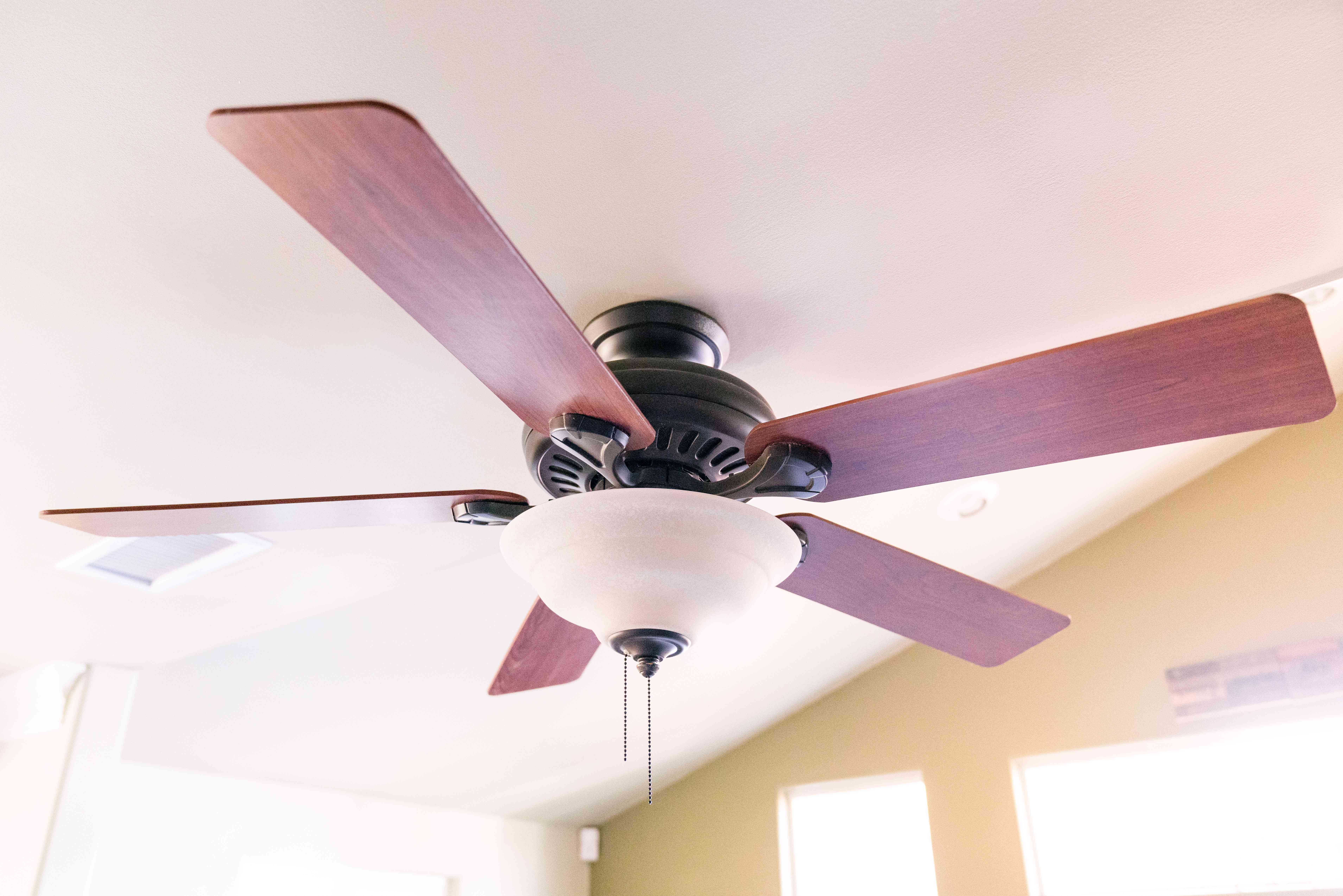

0 thoughts on “How To Stay Cool While Sleeping Without AC”